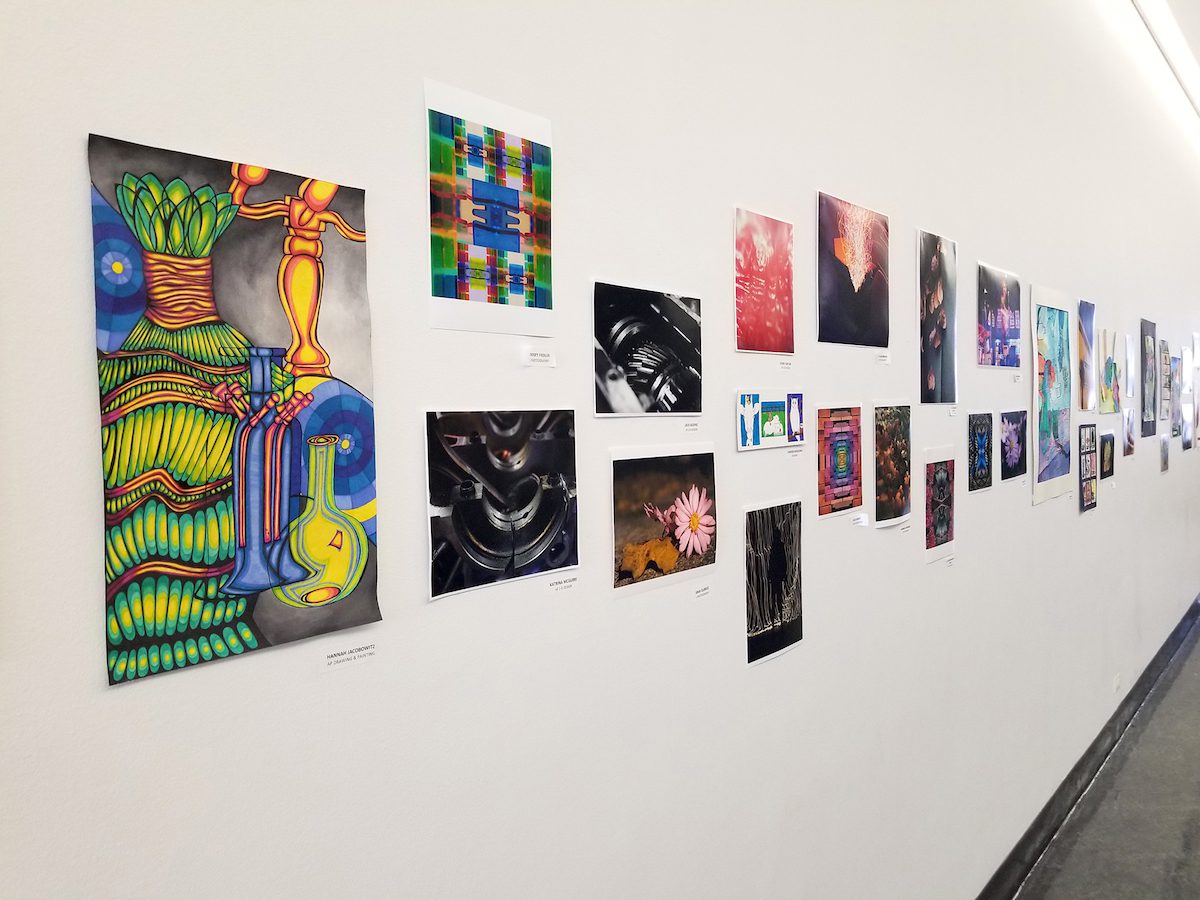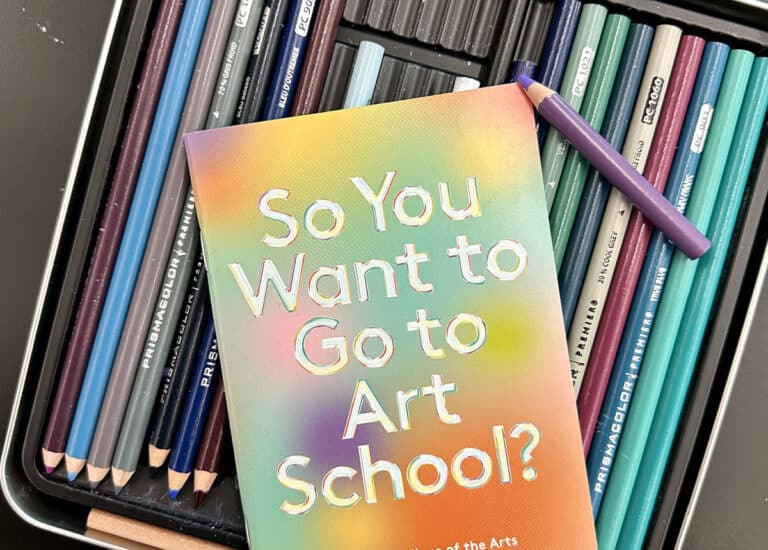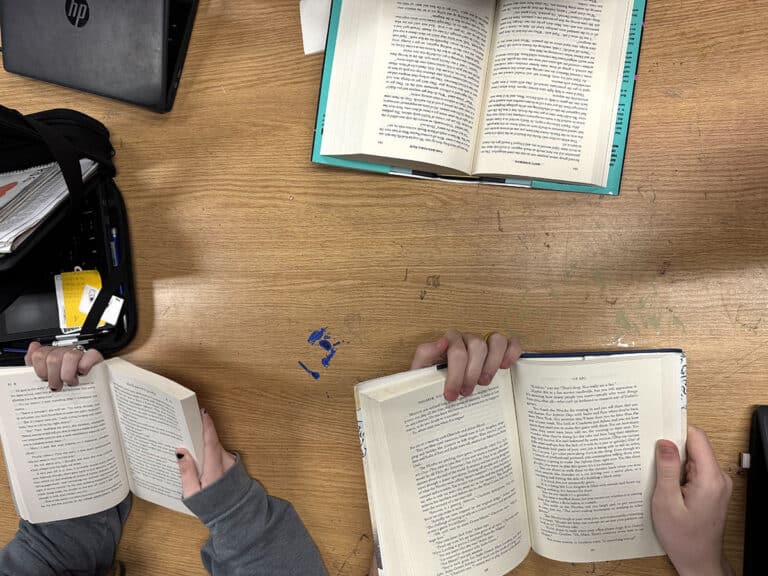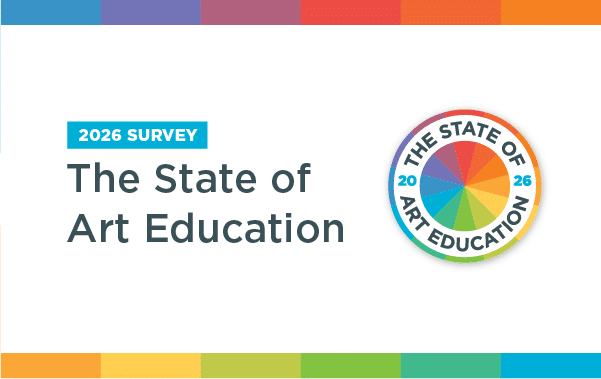“Hey, do you know where my drawing went?” asked my star-student in a barely concerned tone. My head spun and a million questions rushed into my mind with frustration.
How could they not know? Don’t they remember? I told them a week ago about that art competition they were going to enter. I even matted the piece for them. Drove it to the competition. They won a silver medal; I told them how proud I was of them.
But rather than show my crazy, I simply reminded them of the competition and the upcoming opening they should attend in a few days. They responded, “Oh, I don’t think I’m going to go. I’m busy.”
As a high school art teacher and arts administrator, I see the same routine over and over: Teachers spending countless hours contributing to art shows with minimal engagement from the majority of students.
Before we continue to invest so much time and energy, it’s time to ask ourselves, should we stop doing art competitions?
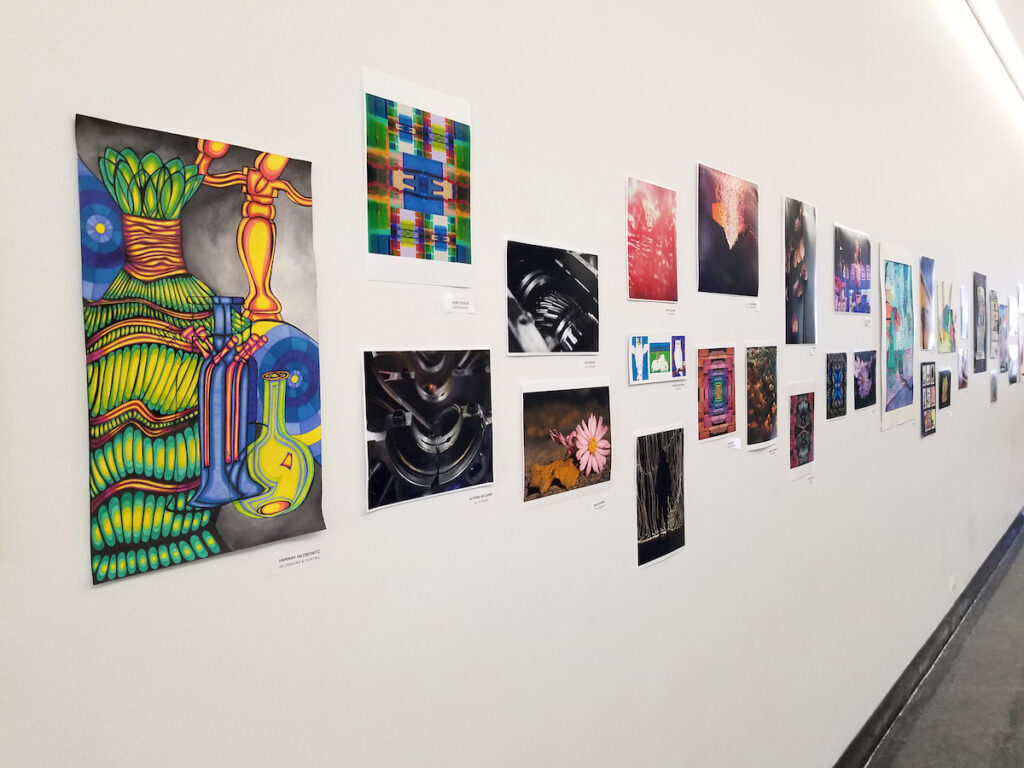
Who do art competitions benefit?
Of course, the immediate answer is kids, but which kids? In many cases, we are creating opportunities for the best kids to continue being the best. These kids “win” each day in class as their work stands out from the rest of their peers. Do they really need another opportunity for that gratification?
But okay, maybe there is something to be said for the work competing at a regional or national level. Except even if that’s the case, most students don’t attend the reception to see the competition. Of course, some receptions aren’t geographically friendly. But if students can’t see the other work, they have no context for the event, and the experience falls flat. Without meaning, it’s meaningless.
I encourage you to think about it from a student’s perspective.
Their work is gone for a period of time. At some point, it comes back with a certificate, and if they are good enough, they are told they won. But what does first place mean if you don’t know what second place was?
Art competitions are also an exclusive event. I have yet to find an art show where schools have unlimited participation. Competitions might limit entries per school or require a fee per entry, which can be a barrier for the school. As teachers work with the selected students during class to prepare their work for submission, it becomes another reminder for the other students of who is the best and thus who is deserving of the teacher’s time. The teacher and worthy student(s) spend class time prepping and discussing the show instead of the teacher working with all students or those in need of the most support.
Apart from the individual benefits, I have seen how programs can benefit as competition results are a way to promote success, compete with sports publicity, and nab a headline in the school paper. But I would argue there are better ways to capture the same impact.
Who does the work?
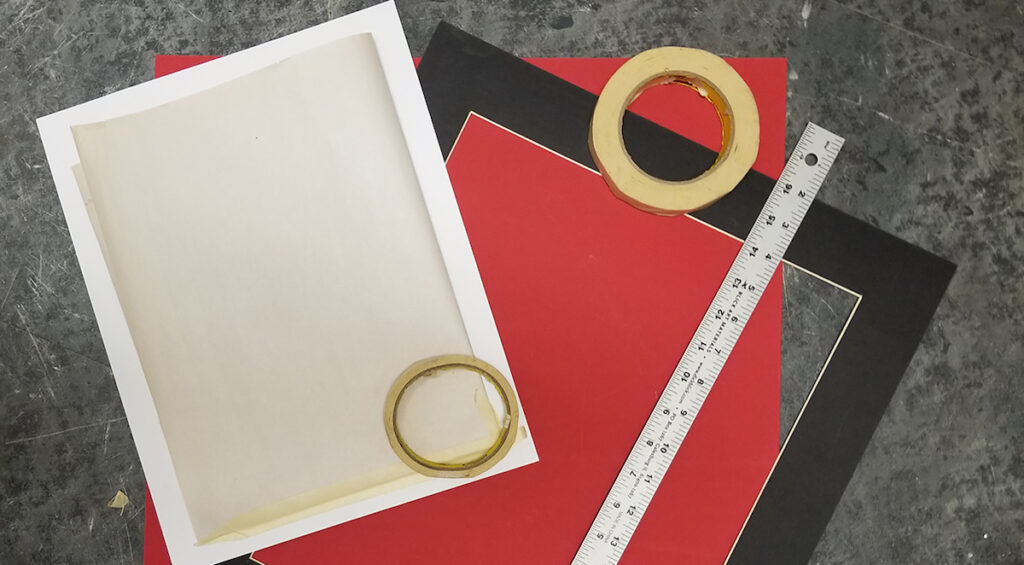
As I mentioned, most art shows are set up for teachers to handle the majority of the work: hounding students for their work, matting and framing, transporting artwork, communicating with families, attending the opening or reception. This can all be great, but as teacher’s plates continue to fill, we need to evaluate each opportunity.
Is it worth the investment of your time if only a small percentage of your students are actually engaged in the whole experience? I’d rather see a teacher spend the same amount of time creating a different opportunity to increase engagement and support more students.
What else could we do?
While these art exhibits and competitions have kept calendars booked, I wonder what other opportunities teachers have respectfully declined or didn’t even consider. When our calendars are so full, we can’t take advantage of the new idea, impromptu collaboration, or random experience for our students. Sometimes it’s okay to keep our schedules open for the unknown because it might lead to something truly great for all students.
Now, to be fair, not all events are created equal.
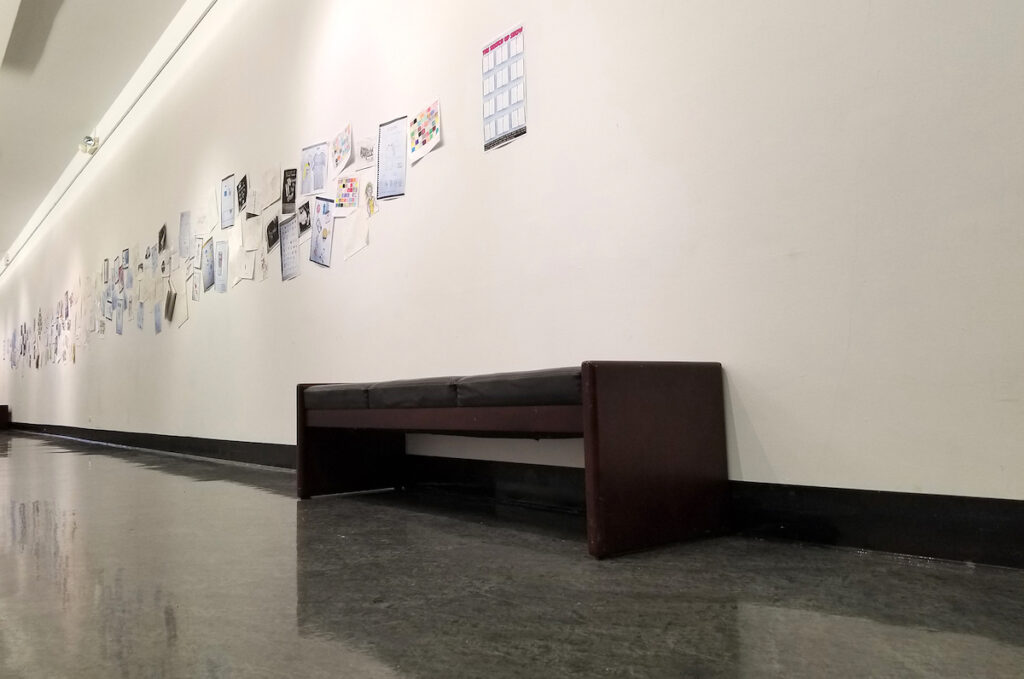
Student attendance for some events can be really strong, and that comes with additional benefits. This gives students a chance to see other work, teachers can interact with parents, and students get to have an authentic art experience and participate in a real exhibit. Other events might offer awards, gift certificates, and scholarships that can have a tremendous impact on a student’s trajectory. However, these benefits are few and far between and likely only awarded to a few students. I would encourage us all to think about the investment of time on art competitions and the overall impact on all of our students. As the most creative people in the world, can’t we come up with another idea?
How have you engaged students in the process of entering an art show or competition?
What exhibit or competition models exist where all students can participate?
Magazine articles and podcasts are opinions of professional education contributors and do not necessarily represent the position of the Art of Education University (AOEU) or its academic offerings. Contributors use terms in the way they are most often talked about in the scope of their educational experiences.

